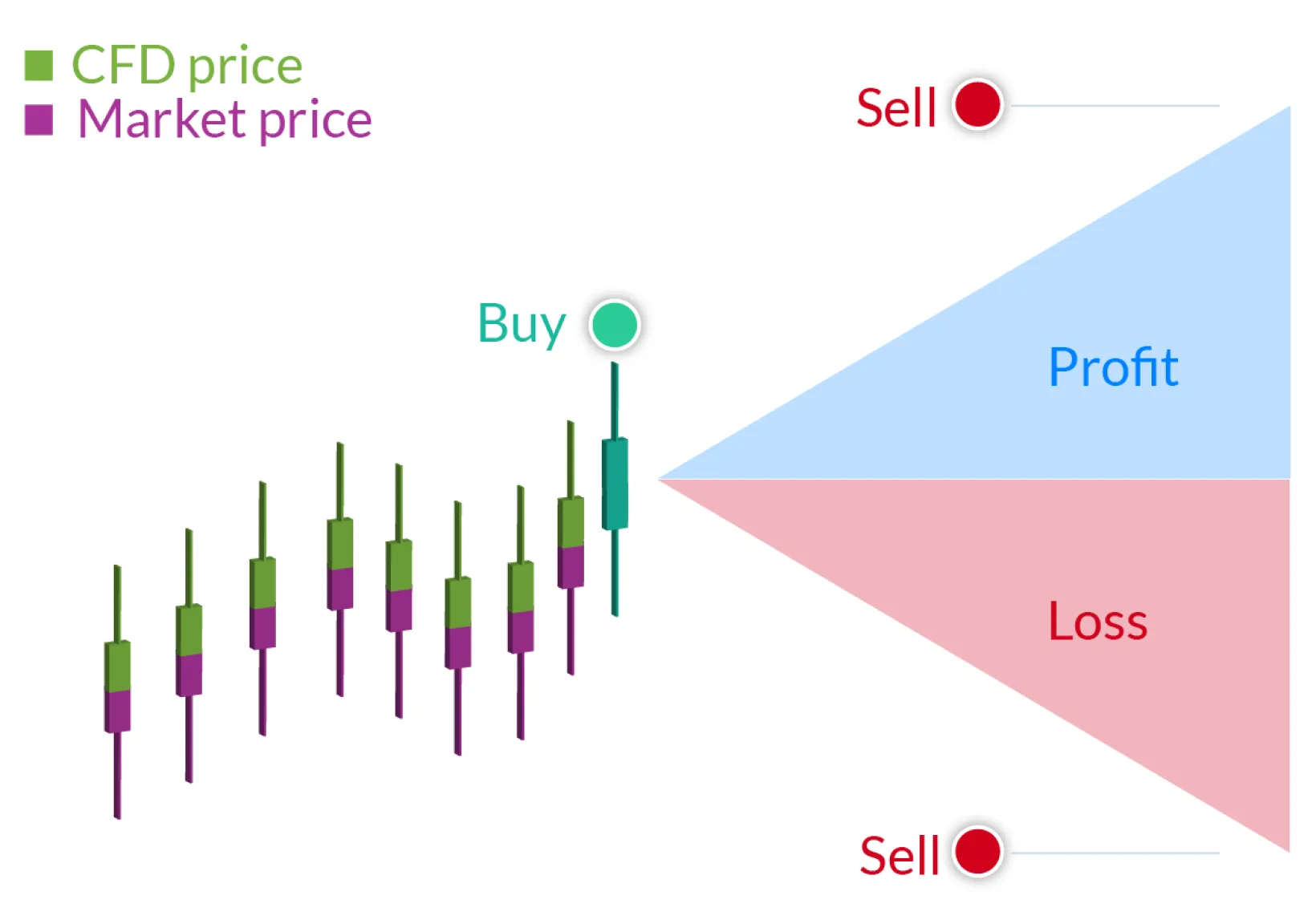
In the ever-evolving landscape of modern finance, investors are continually seeking innovative tools to diversify their portfolios and capitalize on market opportunities. One such instrument that has gained significant traction in recent years is the Contract for Difference (CFD). CFD trading have emerged as a popular choice among investors due to their unique characteristics and potential benefits.
CFDs are derivative instruments that allow investors to speculate on the price movements of various underlying assets, such as stocks, indices, commodities, and currencies, without owning the assets themselves. This feature offers investors the flexibility to participate in a wide range of markets with a single trading account.
One of the key advantages of CFDs is the ability to trade on margin, also known as leverage. Leverage allows investors to amplify their exposure to market movements by controlling a larger position with a smaller initial investment. However, it’s crucial to understand that leverage can magnify both profits and losses, and investors should exercise caution and employ robust risk management strategies when utilizing this feature.
CFDs also provide investors with the opportunity to profit from both rising and falling markets. By taking a long position, investors can benefit from price increases, while short positions allow them to capitalize on price declines. This versatility enables investors to adapt their strategies to various market conditions and potentially generate returns in different market scenarios.
Moreover, CFDs offer greater accessibility to global markets. With a CFD trading account, investors can gain exposure to a wide array of assets from different geographical regions, allowing for increased diversification and the ability to tap into emerging market opportunities.
It’s important to note that CFDs are complex financial instruments and may not be suitable for all investors. Before engaging in CFD trading, individuals should thoroughly educate themselves about the risks involved, such as market volatility, counterparty risk, and the potential for rapid losses. Seeking guidance from experienced professionals and employing sound risk management techniques are essential for navigating the CFD market effectively.
In conclusion, CFDs have emerged as a significant tool in modern investment portfolios, offering investors flexibility, leverage, and the ability to profit from diverse market conditions. However, it is crucial for investors to approach CFDs with caution, understand the associated risks, and make informed decisions based on their financial goals and risk tolerance. By incorporating CFDs strategically and responsibly, investors can potentially enhance their portfolio’s performance and adapt to the dynamic nature of global financial markets.